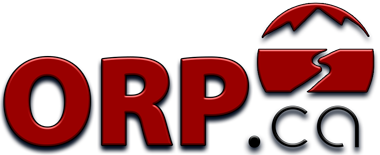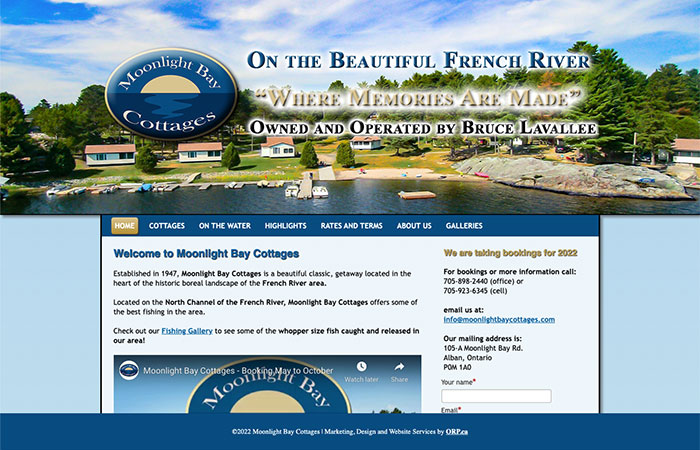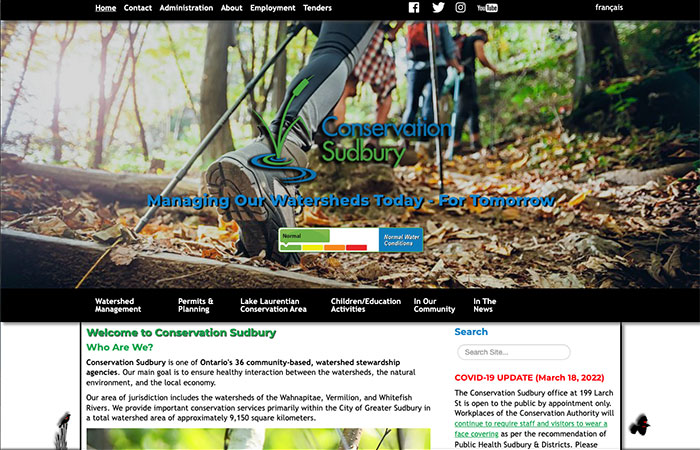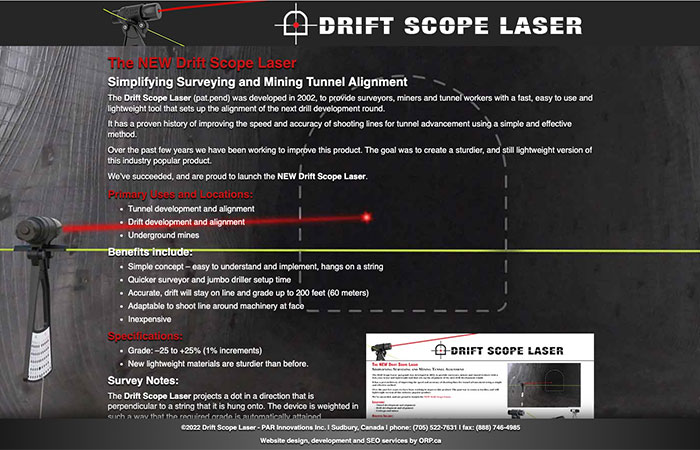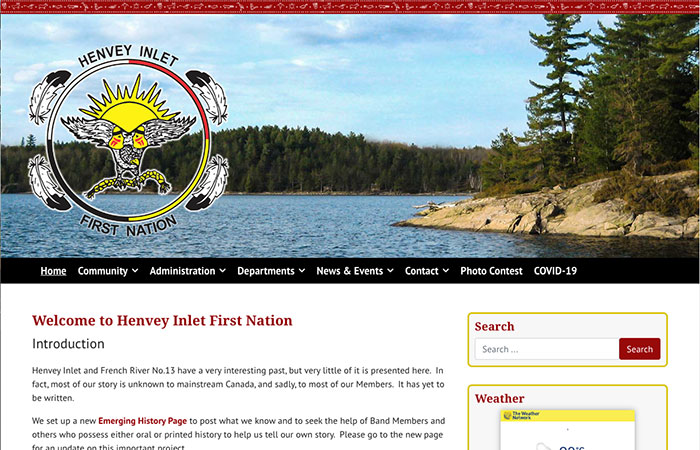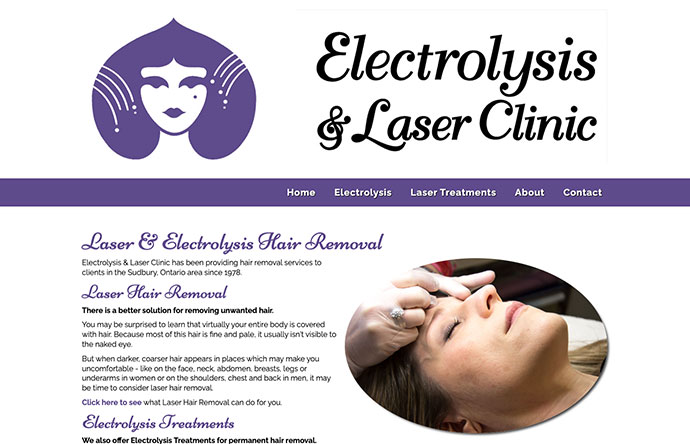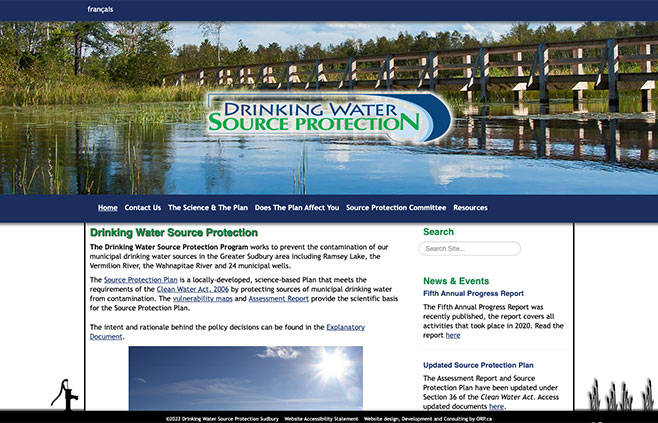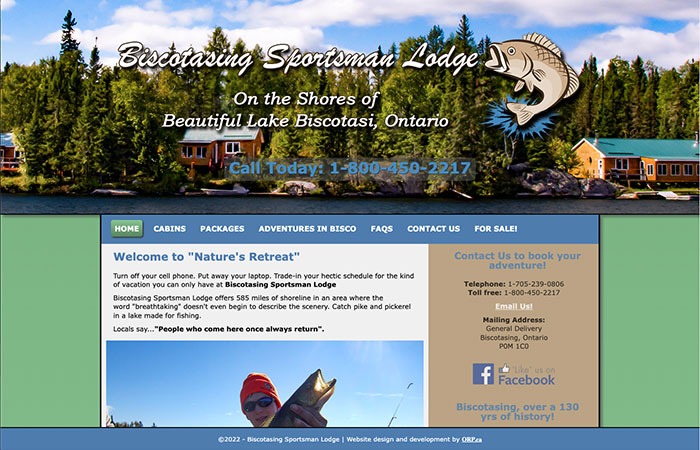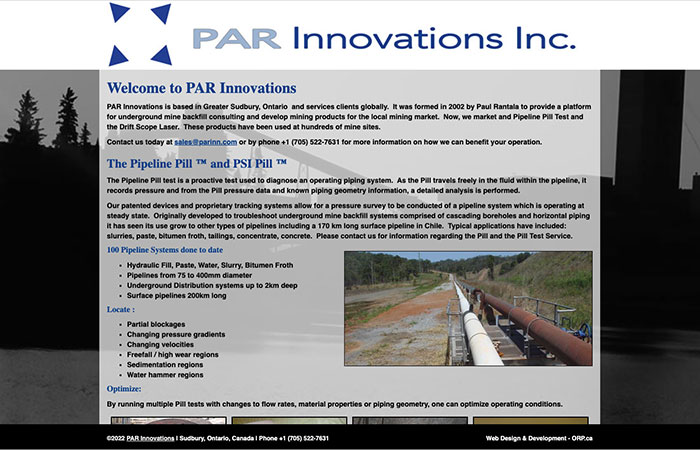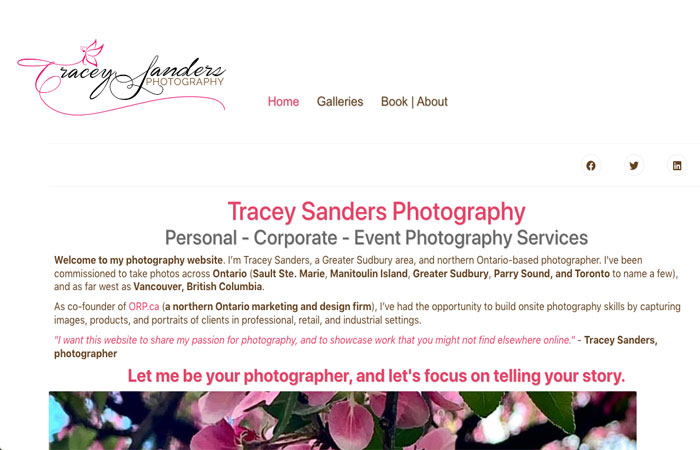What Makes For An Effective Landing Page!
When done right, landing pages are essential tools for converting website visitors into leads, which can often create direct sales.
Whether you're selling a product, offering a free ebook, or simply collecting contact information, the effectiveness of your landing page can be the key to the success of your marketing and sales campaign.
But what exactly makes a landing page effective, and when should you use one? Continue reading to find out.
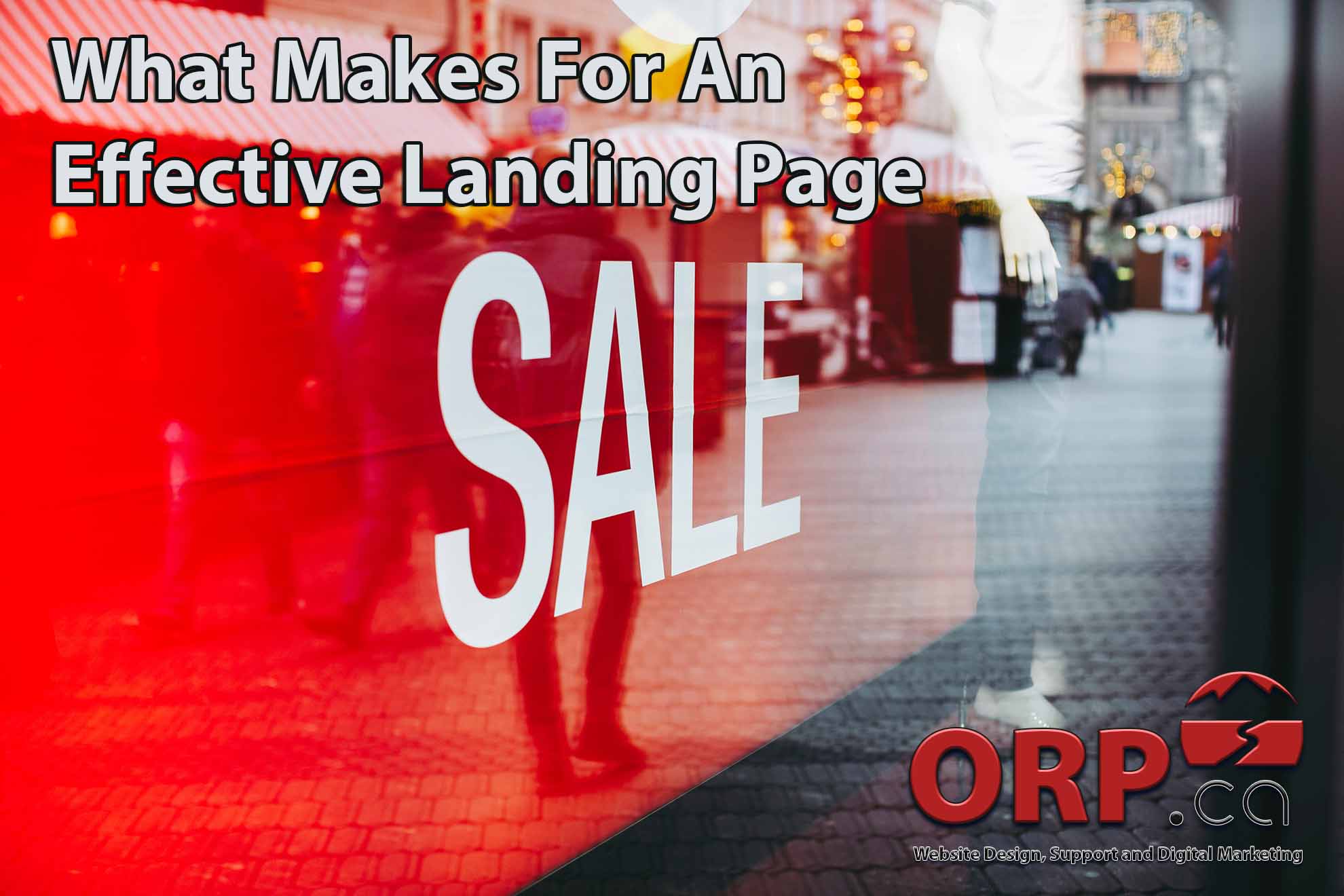
The Anatomy of an Effective Landing Page
- A Clear and Compelling Headline: An effective landing page starts with a clear, attention-grabbing headline. It should communicate the value of your offer and pique the visitor's interest.
For example:
- "Get 50% Off Your First Purchase!"
- "Unlock the Secrets of Digital Marketing Success" - Engaging Visuals: Visual elements, such as high-quality photos or videos, can enhance the appeal of your landing page. Use images that are relevant to your offer and will resonate with your target audience.
- Concise and Persuasive Copy: The copy (written text) on your current campaign's landing page should be concise and persuasive while staying focused on the benefits of your offer.
Use bullet points, subheadings, and short paragraphs to make the content scannable. An effective landing page uses copy that effectively conveys the benefits of using your products or services. - A Compelling Call to Action (CTA): A call to action is the most critical element of any landing page. It should be prominently displayed, using contrasting colours and clear language.
Examples of effective CTAs include:
- "Get Started Now"
- "Claim Your Free Trial"
- "Download Your Ebook" - Trust Signals: To build trust with your visitors, include elements such as customer testimonials, trust badges and written guarantees.
Trust badges are graphics created for your website that use enticements and assuredness statements such as "Secure Checkout" and "Money Back Guarantee." - A Simple Form: If your goal is to collect user information, keep your form fields minimal. Asking for too much information can scare off potential leads.
Only request what is necessary for your follow-up process. - Mobile Responsiveness: As with all web pages, make sure that your landing page is mobile-responsive and can accommodate visitors on various devices.
When to Use (and Not Use) a Landing Page
Use a Landing Page When:
- You Have a Specific Goal: Landing pages are ideal when you have a clear, specific objective, such as generating leads, promoting a product, or growing your email list.
- You're Running Paid Advertising: If you're investing in paid ads, directing traffic to a targeted landing page can improve ad relevancy and conversion rates.
- You Need to Track Conversions: Landing pages make it easier to track and measure the success of your campaigns, allowing you to make data-driven improvements.
Avoid Using a Landing Page When:
- Your Goal Is To Inform: If you're providing general information or blog content, a landing page is usually unnecessary. Use regular website pages for informational purposes.
- You Want to Promote Multiple Offers: Landing pages work best when focused on a single offer. If you have multiple offers, consider using dedicated landing pages for each.
- You Lack Traffic: If you don't have a significant amount of traffic to your website, it may be more effective to concentrate on building your audience before investing in landing pages.
Remember, an effective landing page is a powerful tool for converting visitors into leads or customers.
Also, it's essential to use landing pages strategically, aligning them with your specific goals and target audience. When used correctly, landing pages can significantly boost your online marketing efforts.
By implementing clear and compelling headlines, engaging visuals, persuasive copy, compelling CTAs, trust signals, and mobile responsiveness, you can create landing pages that drive results.
Do you need expert guidance to take your business to the next level? Fill out our contact form, and let's talk.
Photo provided by Markus Spiske through Pexels.com
